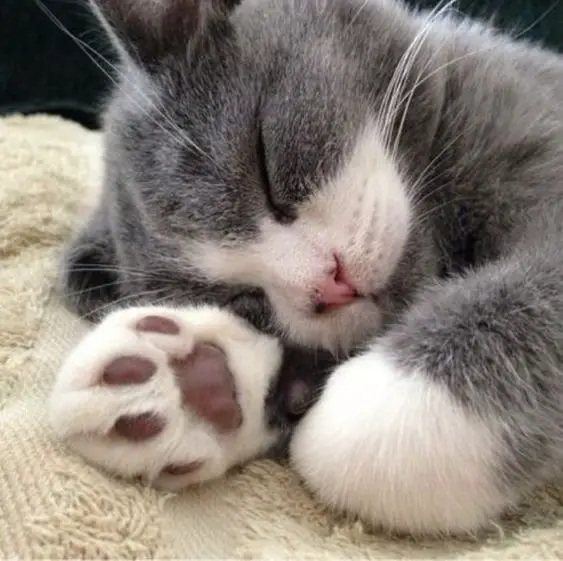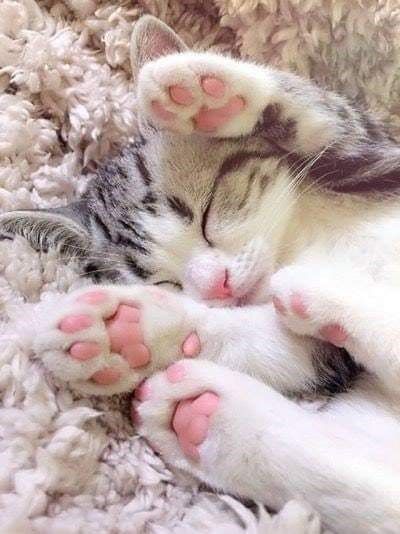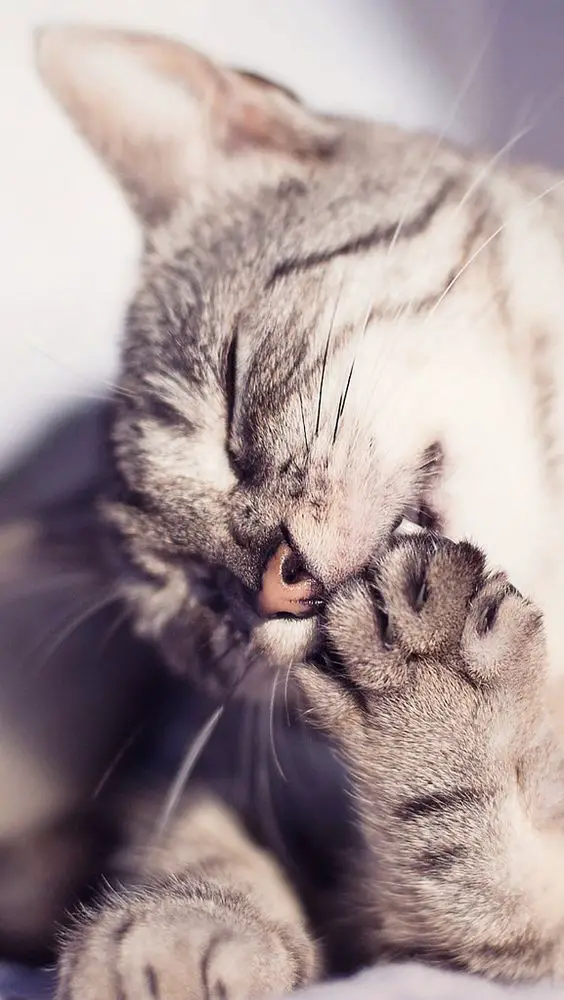The permanent removal of a cat’s claws through surgery is called claw removal. Simultaneously with the extraction of the claws, the first phalanx of the toe of the hind paw is removed. Look for alternatives before making this decision and allow your cat to maintain her quality of life because, in addition to being an aggressive and unpleasant intervention, the cat will lose one of its most important and characteristic tools.
Cats and their claws
For your cat, her claws are one of the most important tools in her daily life. They use them to claw, play, climb, hunt, defend themselves, and for virtually all of the activities, she does on a daily basis. For example, to stretch her muscles and back, claws play an important role by anchoring to surfaces, which allows her to stretch her entire body. On the other hand, scratching is a function that is closely related to the nature of cats. They do this for various purposes throughout the day, such as to relieve stress, mark their territory, or just to exercise.
Consequences for walking
Removing claws has an effect even on something as simple as walking. When she walks, the entire surface of the cat’s claw is in contact with the ground, and therefore, when she loses the end of the claw, the cat is forced to change his gait and way of walking. Over time, this can lead to painful injury and lameness. 
Alternatives
There are several alternatives to prevent the discomfort caused by scratching your cat. Of course, training while she is a kitten is the most effective alternative: explain to her where and how to scratch, and make sure she has access to vertical and horizontal scratching posts and toys so they can freely use. to scratch.
Another glue is repellent in places that you want to keep from scratching.
This is an aggressive and unpleasant intervention for the cat and will deprive her of one of her most important and characteristic tools.
Trimming her claws
Periodic trimming of her claws is also very effective. Be very careful when doing this: you should only cut off the very tip of the claw and not touch the small vein that is inside it. Do this from the moment she is young, so that she gets used to it, and repeat every week or every two weeks. If your cat will not stay still, ask your veterinarian to do this for you.

